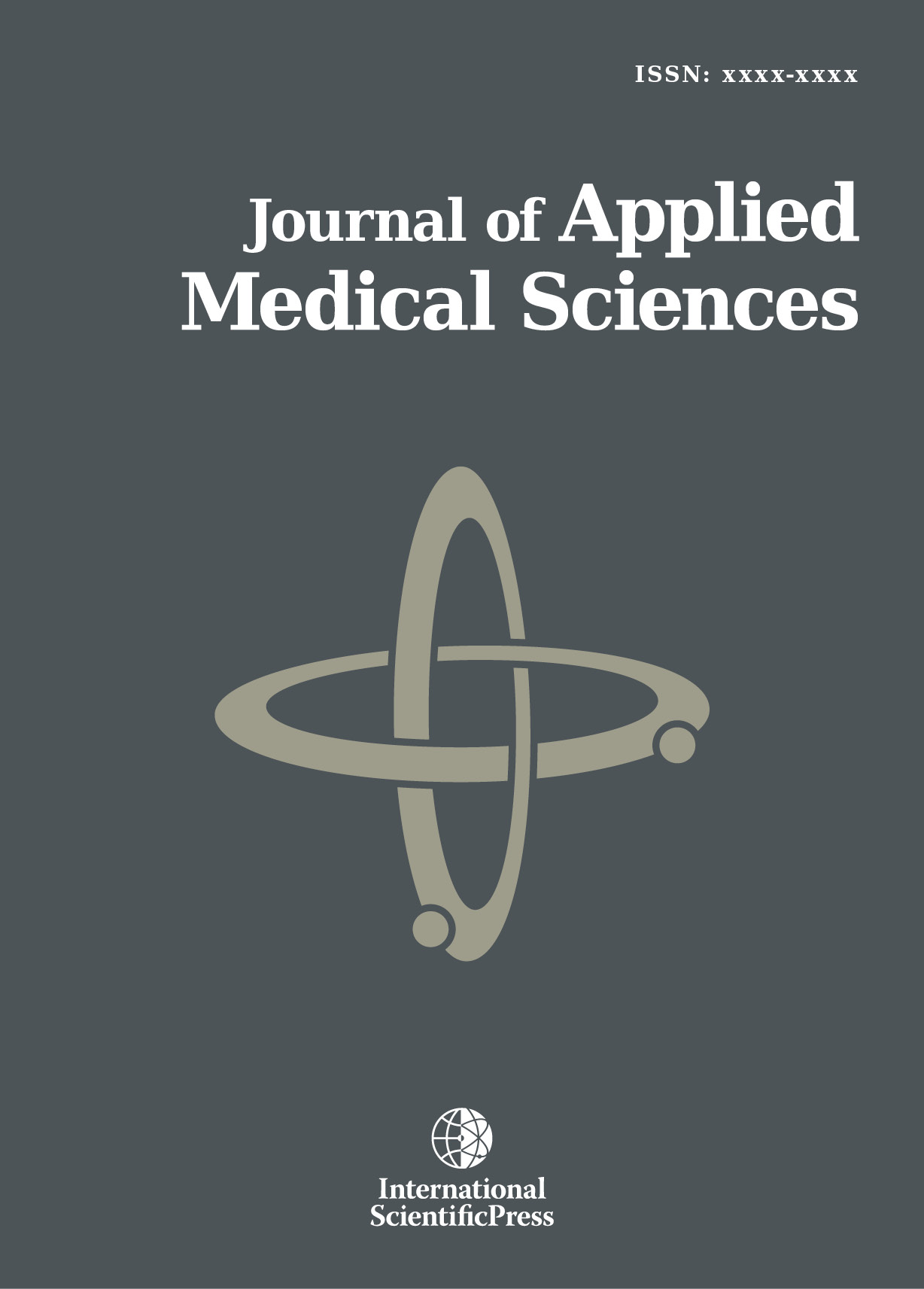Journal of Applied Medical Sciences
Risks and Benefits of Warfarin Use for Cardiac Indications in Dialysis
-
 [ Download ]
[ Download ]
- Times downloaded: 9881
-
Abstract
Background and Objectives: Anticoagulation in cardiac patients on hemodialysis (HD) presents a dilemma, with no clear guidelines to support an informed decision regarding warfarin use. Cohort studies revealed an association of a higher risk of bleeding and lack of improvement in stroke prevention in HD patients with atrial fibrillation treated with warfarin. The objectives of this study were to assess the efficacy and safety outcomes of warfarin use in cardiac hemodialysis patients. Patients and Methods: We conducted a retrospective, comparative, observational, 2-arm controlled trial to assess the benefits and risks of warfarin use in two major dialysis units (>600 patients) in the UAE over 2 years. Primary outcome measures were incidence of bleeding and stroke. Secondary outcome measure was the percentage of patients achieving a target INR as set for the normal population. Arm 1 included all our adult patients on HD who were receiving warfarin for more than 6 months for cardiac indications (N=28; mean age 66.5 (11)). Patients on warfarin for other indications were excluded. Arm 2 consisted of a matching control group of patients with normal kidney (N=27; mean age 61.4(0.4)).
Results: Patients in Arm 1 presented with a higher incidence of bleeding than Arm 2 (6 vs. 3; P<.005). There was a higher incidence of stroke in Arm 2. More patients in Arm 1 received antiplatelet therapy with warfarin resulting in the increased bleeding risk. 25% of patients in Arm 1 achieved a median INR within target, while 96% achieved INR target in Arm 2 (median INR=1.9(0.5) vs. 2.4(0.3); P<.001). Conclusions: Anticoagulation in dialysis patients may not always be justified, the risks and benefits of treatment should be assessed carefully. Our study indicates an increased incidence of bleeding in HD patients. Most HD patients failed to achieve therapeutic INR, though their doses were similar to that of control; this may be attributed to variance in pharmacokinetic parameters. Our study is limited by small sample size; larger prospective studies will provide more robust evidence.
